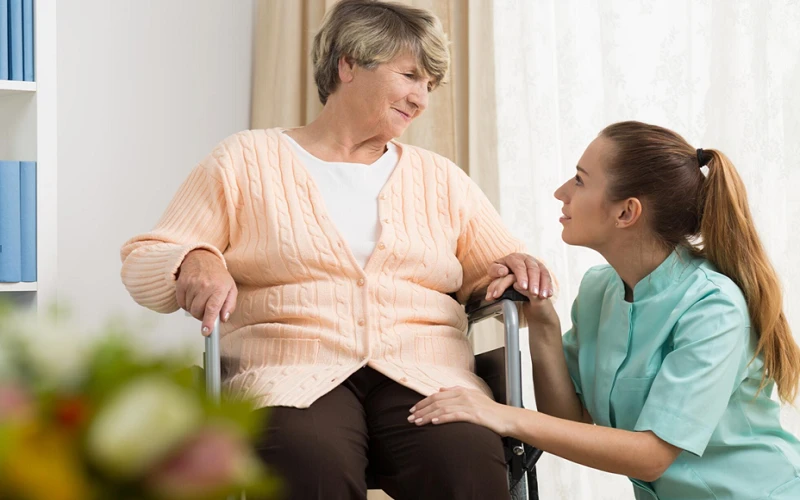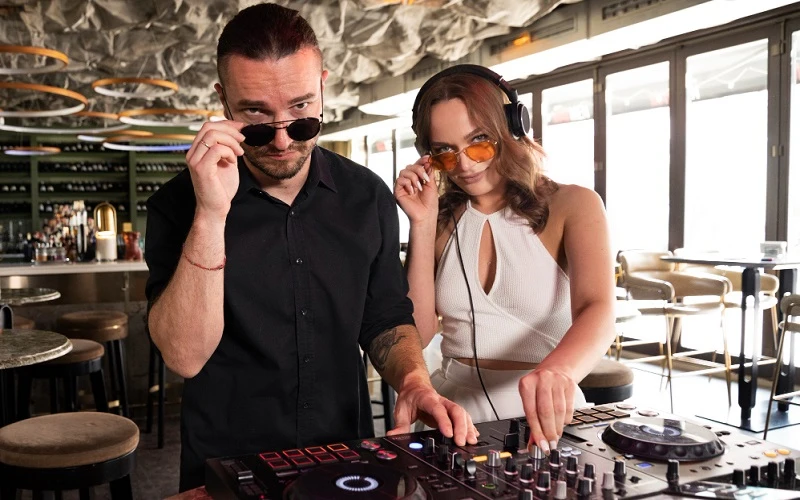A torn anterior cruciate ligament (ACL) is not only painful, but the journey to recovery can also be long and worrying. This is especially true for athletes whose careers “might” end due to such injuries. With ACL treatment, proper care, and by following best practices, however, recovery doesn’t have to be long and difficult.
Dealing with the Difficult Question
Can an ACL injury really end an athlete’s career? The answer is no. This might have been the case three decades ago, but not today.
- With advancements in surgical techniques, arthroscopy, and physiotherapy, most athletes have higher chances of going back to the game.
- A successful comeback is highly possible if an athlete diligently follows medical advice and is committed to rehab.
- Performance-wise, whether an athlete regains top form or even exceeds performance will depend on their position and sport. Research shows that basketball, football, and soccer are three of the highest-risk sports with the most difficulty in complete recovery. Depending on position, however, some athletes can regain their pre-injury form.
Dos of ACL Recovery
Start Rehab Immediately
You don’t have to wait after surgery to start rehab. This is especially important if you might have to wait for months before your scheduled treatment.
- Start your pre-surgery rehabilitation the same day or a day after you tore your ACL. This will prevent muscle wasting and help with faster recovery.
- Work with a certified physiotherapist specialising in ACL rehabilitation and recovery for safety and peace of mind.
- Perform gentle exercises to improve range of motion, then gradually transition to strength training of your hips, hamstrings, and quadriceps.
Stay Mobile
- Maintain mobility in your hips, knees, and ankles as much as possible to prevent stiffness and compensation patterns of the joints in these areas.
- Doing light activities and gentle movements will help manage swelling and improve fluid circulation.
- Since there’s a limit to how much stress a torn ACL can handle, it’s important that you don’t feel any pain while doing mobility exercises. Strictly follow essential practices in conscious recovery, and you should be fine.
Follow Your Doctor’s Post-Op Instructions
Once your ACL treatment is complete, whether it’s surgical or non-surgical, you should follow your doctor’s instructions to the letter.
- Make sure to dress your wound as directed to prevent infections.
- Don’t put weight on your knee and use whatever assistive tools you’ve been advised to use, whether a knee brace, crutches, or even a wheelchair.
- Remember not to break routine until your doctor says it’s okay to put light pressure on your knee or to stop wearing a knee brace.
- Stay on top of your follow-up appointments so you’ll know if you’re healing as expected or if you’ll need a change of routine.
- Never do anything unless you’re cleared to do it, so you don’t derail your recovery journey.
Proper Nutrition
A healthy diet is key to giving your body the tools necessary to repair tissues. You don’t want to starve it and ruin your progress.
- Eat foods rich in vitamins, nutrients, minerals, and proteins needed for muscle and tissue repair.
- Include more fresh fruits and vegetables for added vitamins and minerals, and to help you stay hydrated.
- To facilitate faster wound healing, foods rich in vitamin C and zinc should be incorporated into your diet.
- Avoid processed foods and anything that contains high sugar.
Work to Prevent Rather Than Repeat
Most people who have suffered an ACL injury are at a higher risk of tearing the ACL again. So the next step after a full recovery is a set of preventative measures.
- Build core, hip strength, and flexibility through various exercises cleared by your therapist. These may include planks or bridges.
- Unless your physiotherapist says you can, avoid any high-impact activities and exercises.
- Consider clearing your home of any tripping hazards to prevent future injuries.
Rehab Should Be Done on Both Sides
- Your Rehab Addiction Treatment should work on both your injured and good sides to prevent any muscle imbalance.
- Working on both sides will mean you don’t have to extend recovery because you’ve neglected the uninjured part of your body.
Stay Consistent and Positive
Any injury can have mental, emotional, and physical effects, but the impact can worsen if your injury means a career loss or major changes in your life. It’s important to stay motivated and committed to regain your pre-injury form and performance.
- Always remember that an ACL injury isn’t the end of the world, and many who have suffered a similar injury recovered fully and returned to normal activities if they follow the doctor’s orders.
- Track your progress, whether through photos or journaling, so you’re motivated to push forward and stick to the plan.
- Celebrate every small win, such as being able to bend or walk without wincing, for added encouragement.
Follow a Gradual Return-to-Sport Plan
As an athlete, it’s understandable that you want to get back on board as soon as possible. But this might not be the best idea.
- Play it safe by taking it one step at a time. Patience during this phase will help prevent long-term problems.
- Start with swimming and other light, low-impact activities before you gradually move on to sport-specific drills.
- Never do anything that’s not cleared or approved by your therapist.
An ACL injury can be life-changing, especially for athletes who rely on good physical form and function. The good news is that there are many treatments available, and recovery can be quick and full with the right rehabilitation plan. Follow the complete guide to ACL treatment from BPC, and you should return to pre-injury levels.




